Djursland is a hilly peninsula on the nose of the larger peninsula of Jutland in Denmark. It’s one of the most scenic parts of Denmark, and even though it’s just a one-hour drive from my hometown, it’s a region that I had yet to explore thoroughly. But in March last year that thankfully changed as I embarked on a two-day journey to Djursland with 31 other archaeologists, including my buddies Solveig, Mikkel and Selma. Similar to 2018’s field trip to North Jutland, the focus was on sites from the Stone Age, specifically the Late Mesolithic (ca. 4800-4000 BC) and the early Neolithic (ca. 4000-3000 BC), although we did see a few sites from other periods as well.
I paired up with lecturer Peter to arrange the trip, as well as archaeologist Søren, who was our guide for the trip. For those two days, we roadtripped through the entire peninsula, visiting exciting museums, exploring dolmens and passage graves from the Neolithic, setting foot on some of the largest kitchen middens from the Late Mesolithic and so much more.
Moesgaard Museum
Our journey started in the early morning of March 22nd, where we were picked up by our bus driver at the University of Copenhagen. Ahead of us lie 3,5 hours of driving through the Danish landscapes before reaching our first destination, Moesgaard Museum, located in a beautiful forest outside of Aarhus, Denmark’s second largest city.
There, we met Søren, and then spent an hour exploring some of the exhibitions of the large museum. One hour at Moesgaard is nowhere near enough, but since it’s not located on Djursland, it wasn’t our main focus. The stop there was primarily to give those who hadn’t been there yet an introduction to the museum, so they could come back another time to explore further. I focussed my time on the Stone Age exhibition, which is my favourite exhibition in the world!
I can’t tell you how many times I’ve been to Moesgaard, as it’s hands-down my favourite museum in the world – and I’m not just saying that because I’m from the area. The exhibitions are all set up with advanced technology, displaying artifacts and telling stories in an innovative and exciting way, making it easier for people to visualize past societies. The museum is truly amazing and I bet even the most museum-hating person in the world would enjoy Moesgaard.
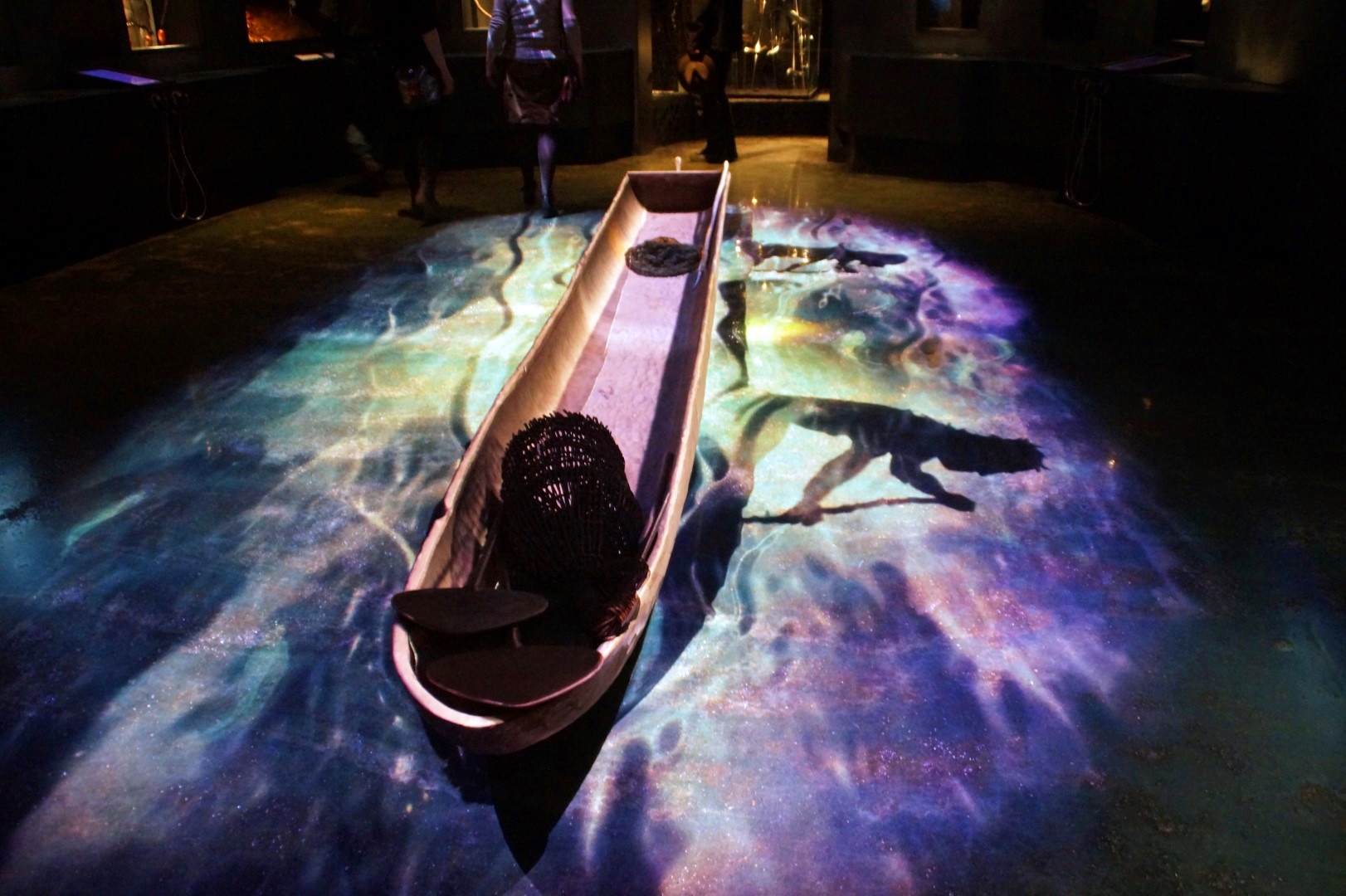


Egens Havehuse, Nappedam
Our first stop on Djursland offered us a misty view of the ruined Kalø Castle from the early 14th century. The Medieval period wasn’t on our itinerary, so we didn’t walk out to the ruin, but instead stayed at Nappedam to talk about the fossil Stone Age landscapes that dominate the area.
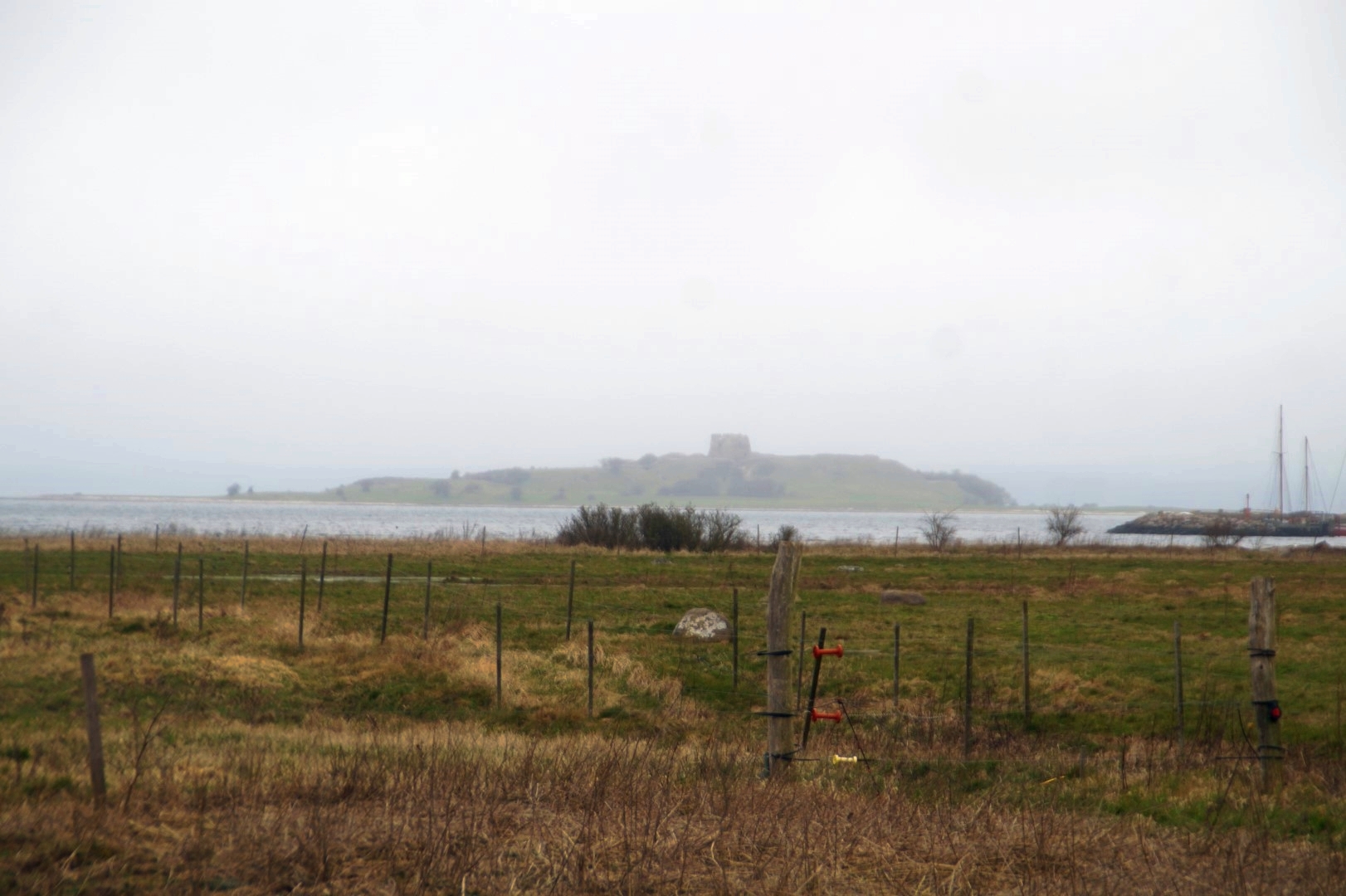

Stabelhøje
A few kilometers later, we found ourselves by two massive early Bronze Age (ca. 1700-1300 BC) burial mounds known as Stabelhøje. At 135 meters and 133 meters above sea level, the two mounds are some of the most prominent features in the Mols Bjerge National Park.
It was extremely misty during our visit to the mounds, but apparently, there’s a wonderful view of the Kalø Castle and Aarhus on a clear day.



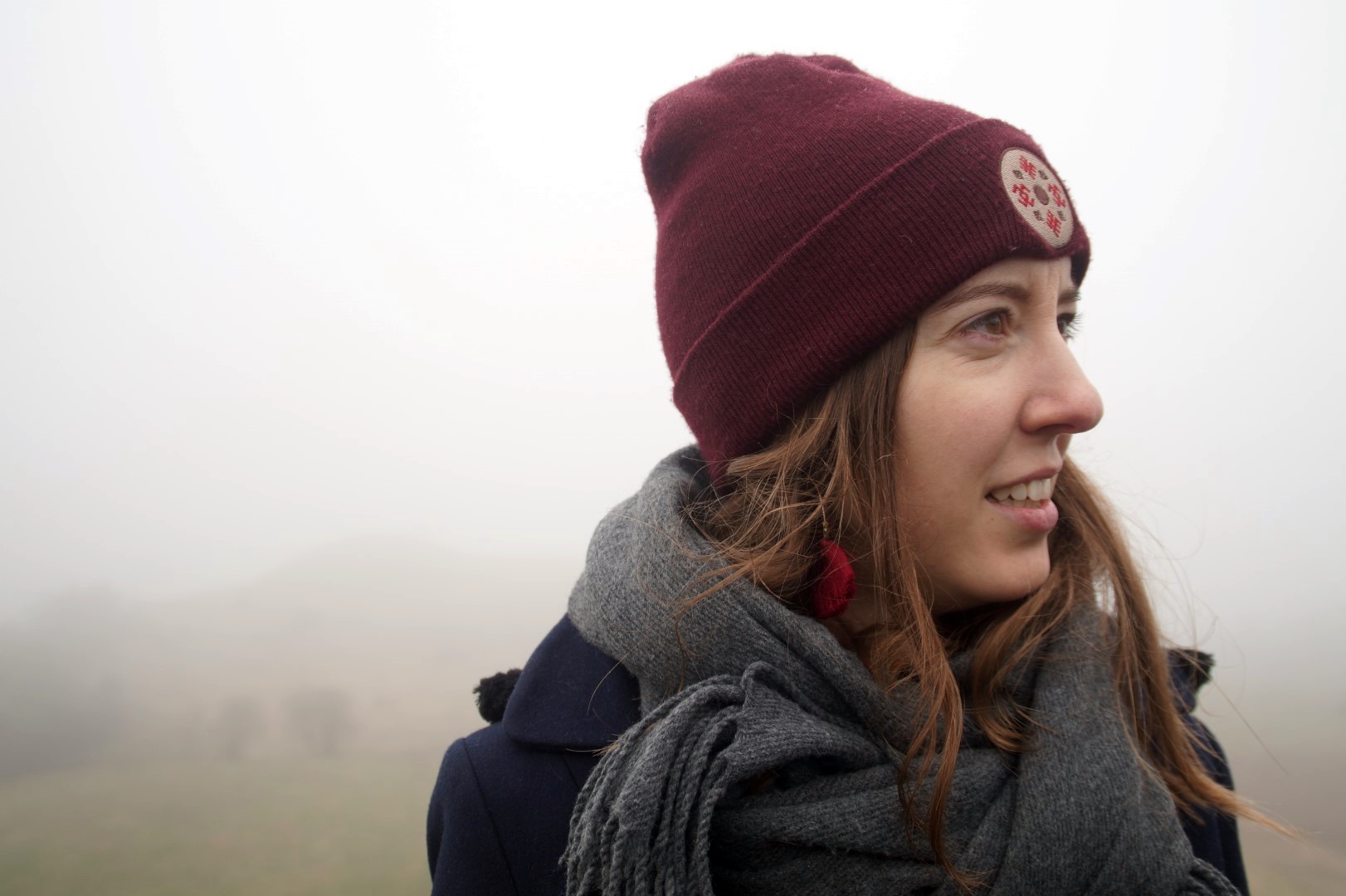
Poskær Stenhus
Next up was one of the most exciting places on our journey; Poskær Stenhus, the largest round dolmen in Denmark, dating back to ca. 3300 BC during the Funnel Beaker period of the Early Neolithic. The site features a central burial chamber with a capstone weighing 12 tons, surrounded by 23 slabs that form a circle.
The site has been under official protection since 1860 following an attempt from a landowner to dynamite the slabs to use them for construction purposes. Luckily, a local priest stopped the destruction of the site and the site then came under protection, but at least one slab had already been destroyed by the landowner.

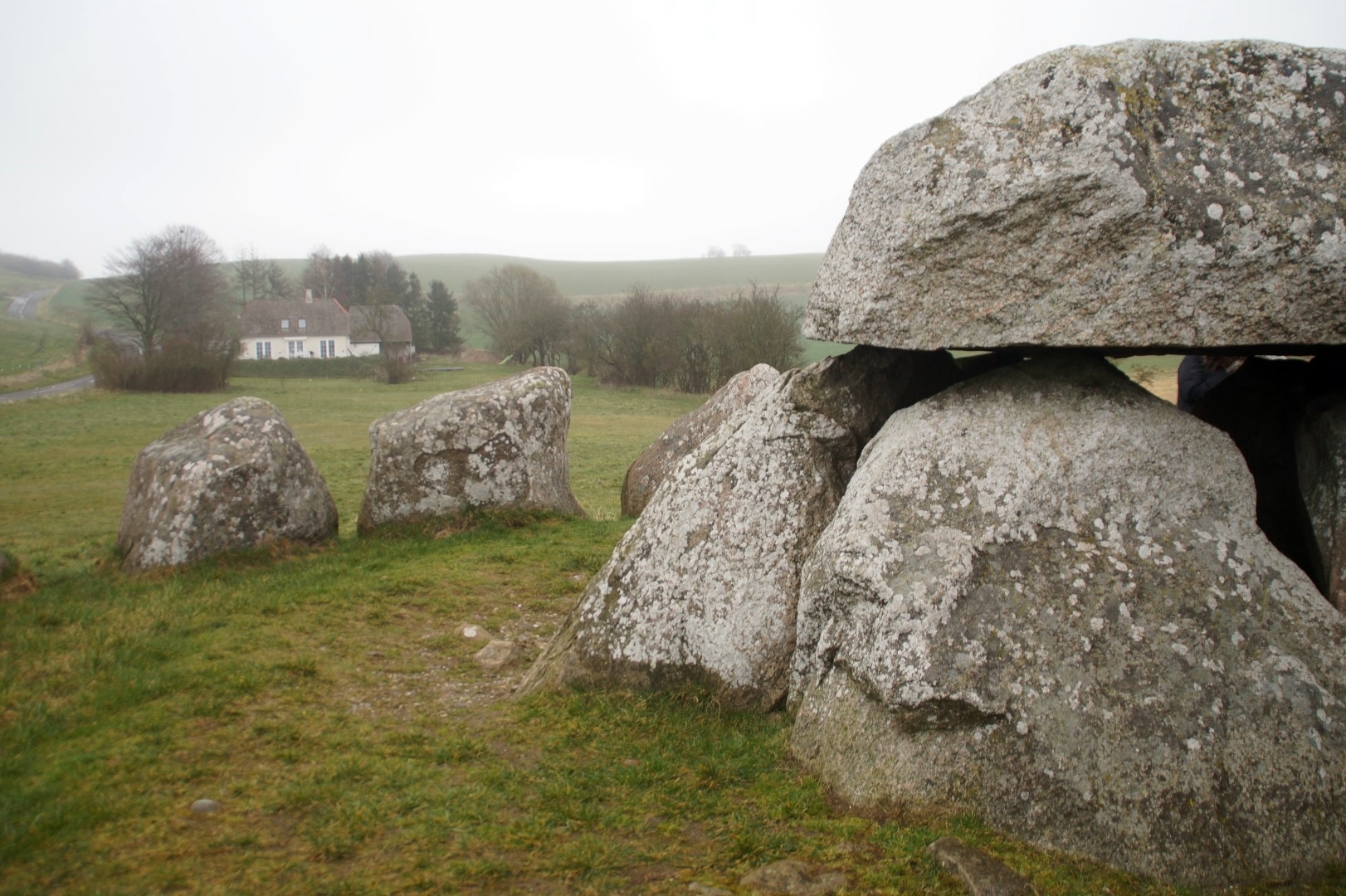
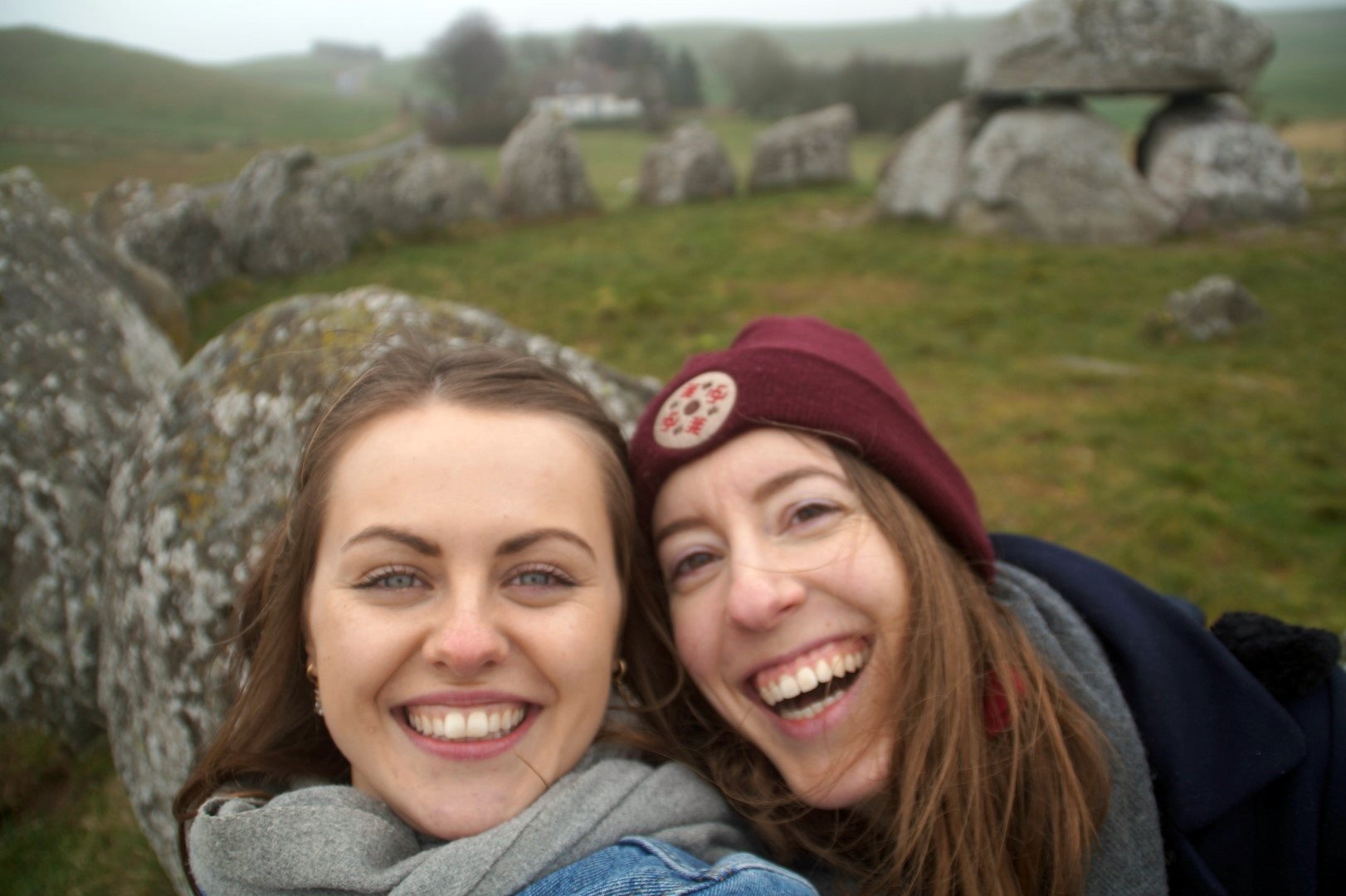
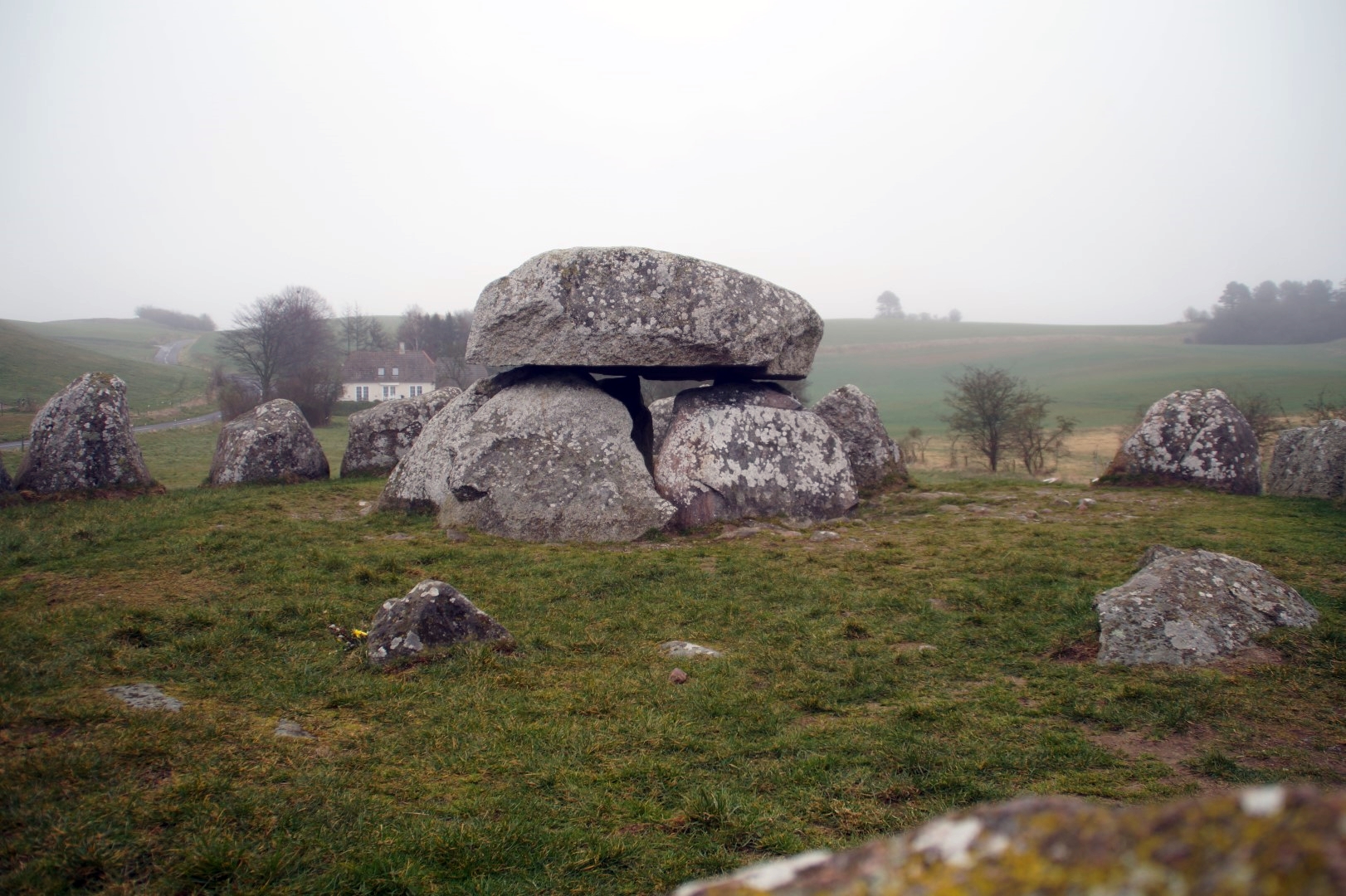
Skellerup Enge and Vængesø
On our way to the last site of the day, we passed by another large dolmen from the early Neolithic, and made a short stop to see the site of a former Stone Age settlement. This was Skellerup Enge, excavated in 1977 and 1987, the oldest settlement on the southern part of Djursland, dating back to the Late Kongemose and Early Ertebølle periods (ca. 5700-4800 BC).
The last stop for the day was at Vængesø, one of the largest kitchen midden sites from the Ertebølle period (ca. 5500-4000 BC) in East Jutland. I’ve used Vængesø a lot in my BA thesis as three midden skeletons were found there, so it was incredible to see it with my own eyes. I even found some worked flint there that I could take home as a souvenir!


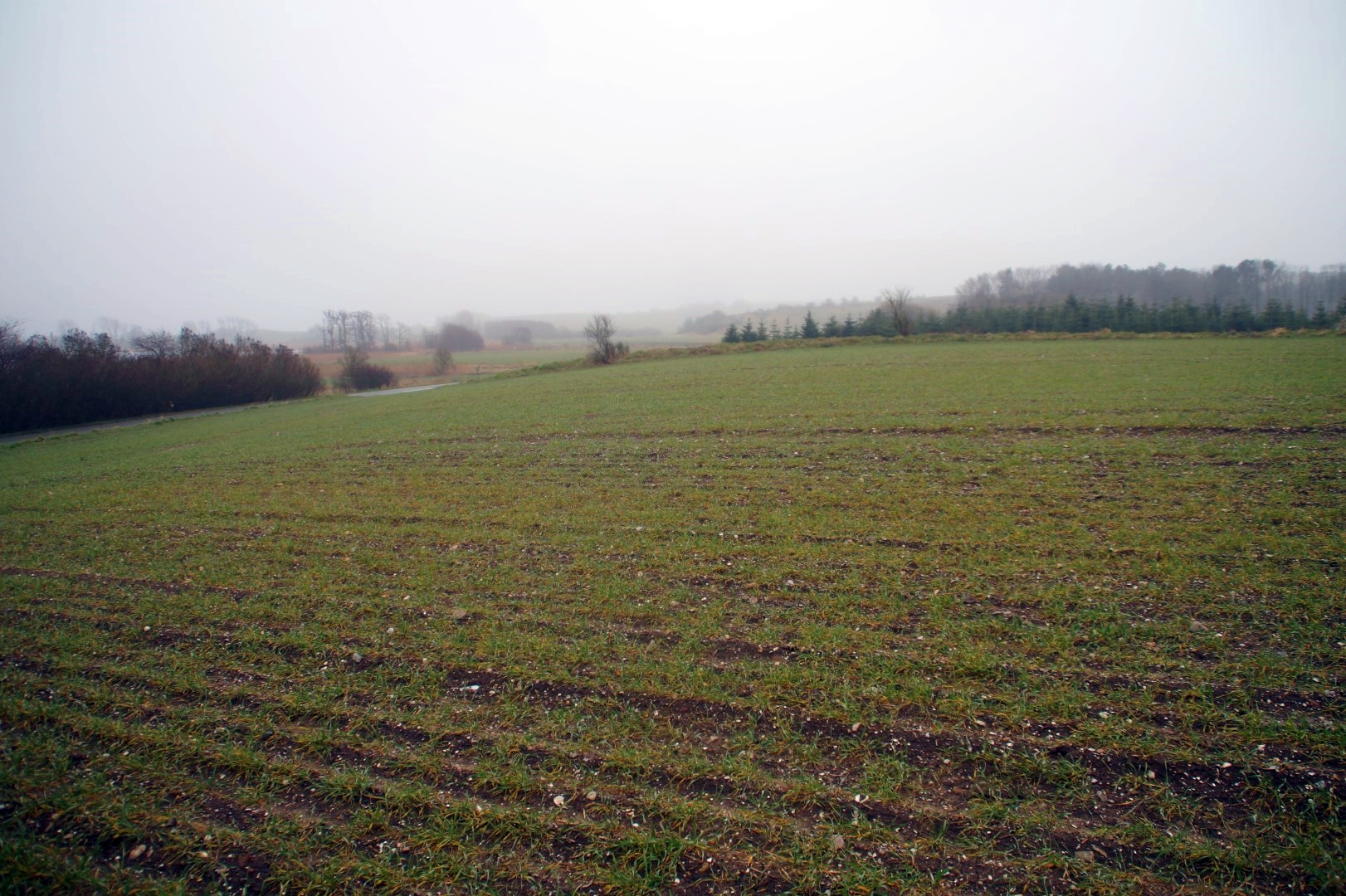
Danhostel Gjerrild
While doing research for the trip, I contacted almost all possible accommodations on Djursland, and Danhostel Gjerrild gave us the best offer, so that was where we spent the night.
Danhostel Gjerrild has a unique history as the building used to store locomotives, trams and busses. The railway in Gjerrild opened in 1911, but closed again in 1956. In the summer of 1973, the old storage building turned into a hostel. One of the train carriages remains at the site and is now also a hostel itself!
We had originally booked the train carriage for half of the group as it was the cheapest option, but the host said it would be cold to sleep in there in March, so she instead upgraded us for free so everyone could sleep inside the hostel. We also got to use the kitchen for free so we could cook for everyone. All in all, we had a wonderful stay at this gem of a hostel, and I can recommend staying there if you’re ever in the area!
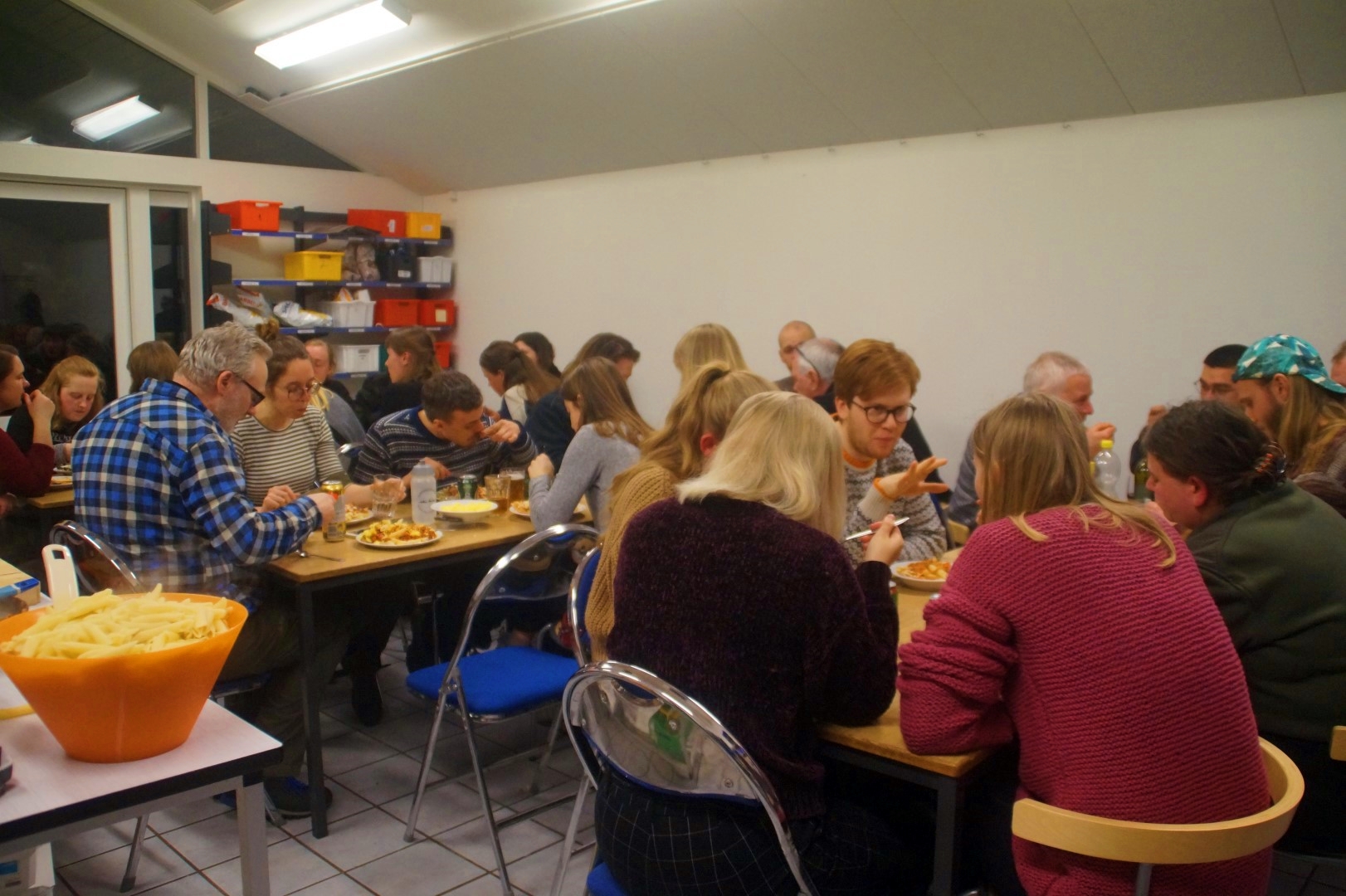

Sostrup Castle
Danhostel Gjerrild is located in walking distance from Sostrup Castle, so Solveig, Mikkel and I decided to take a morning stroll to the castle before beginning the day on the road with the others.
Sostrup Castle was built between 1599 and 1606, seemingly on the site of a former 14th century farm owned by King Christopher II. The castle was used as a Cistercian monastery from 1960 to 2012 when it was sold to a private pair of siblings, who now run it as a hotel and conference centre.
To get there, we walked through a beautiful nature path before arriving at the castle park, offering wonderful views of the castle. We met several swans and spent ages enjoying the solitude of the early morning.


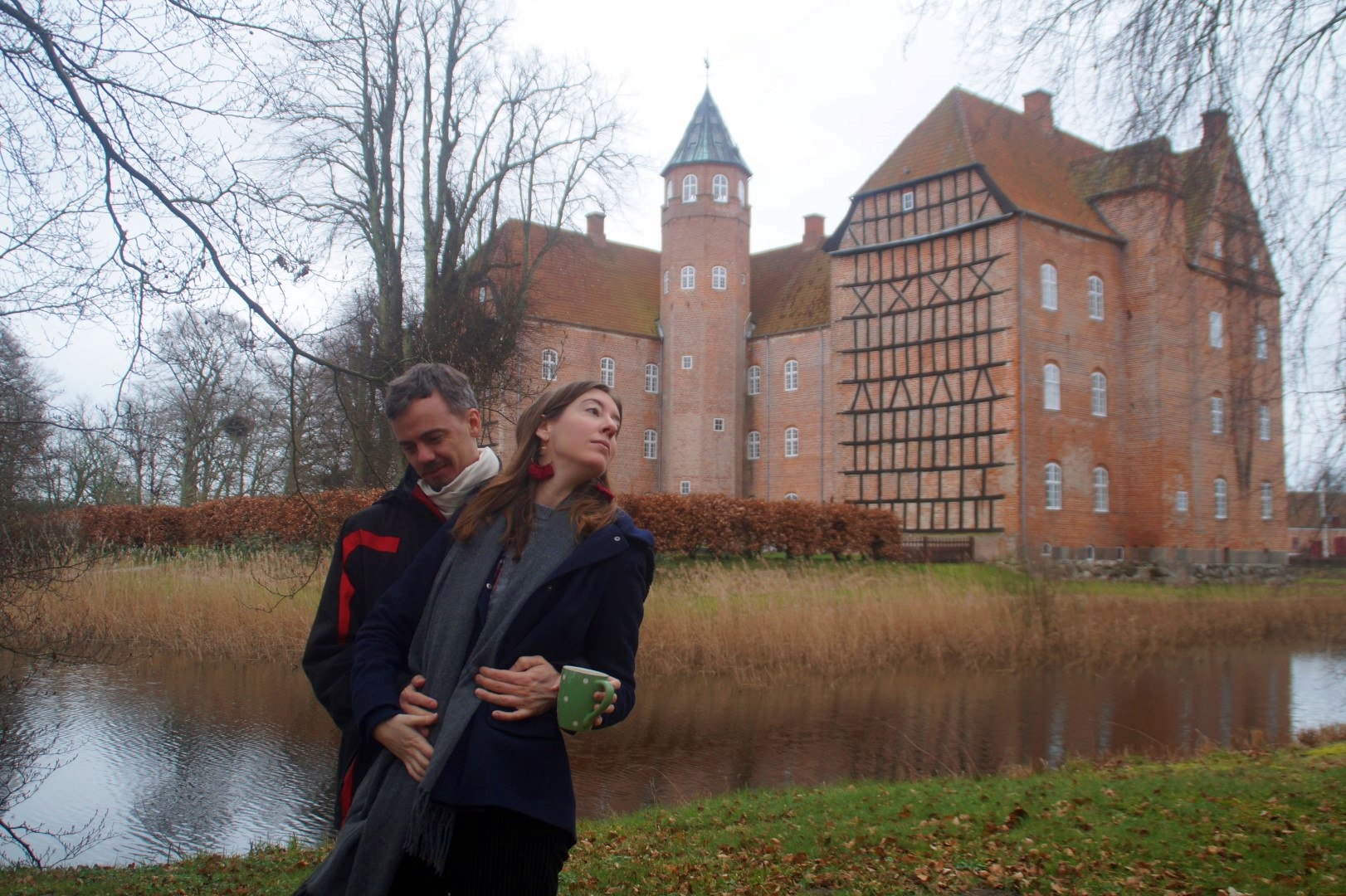
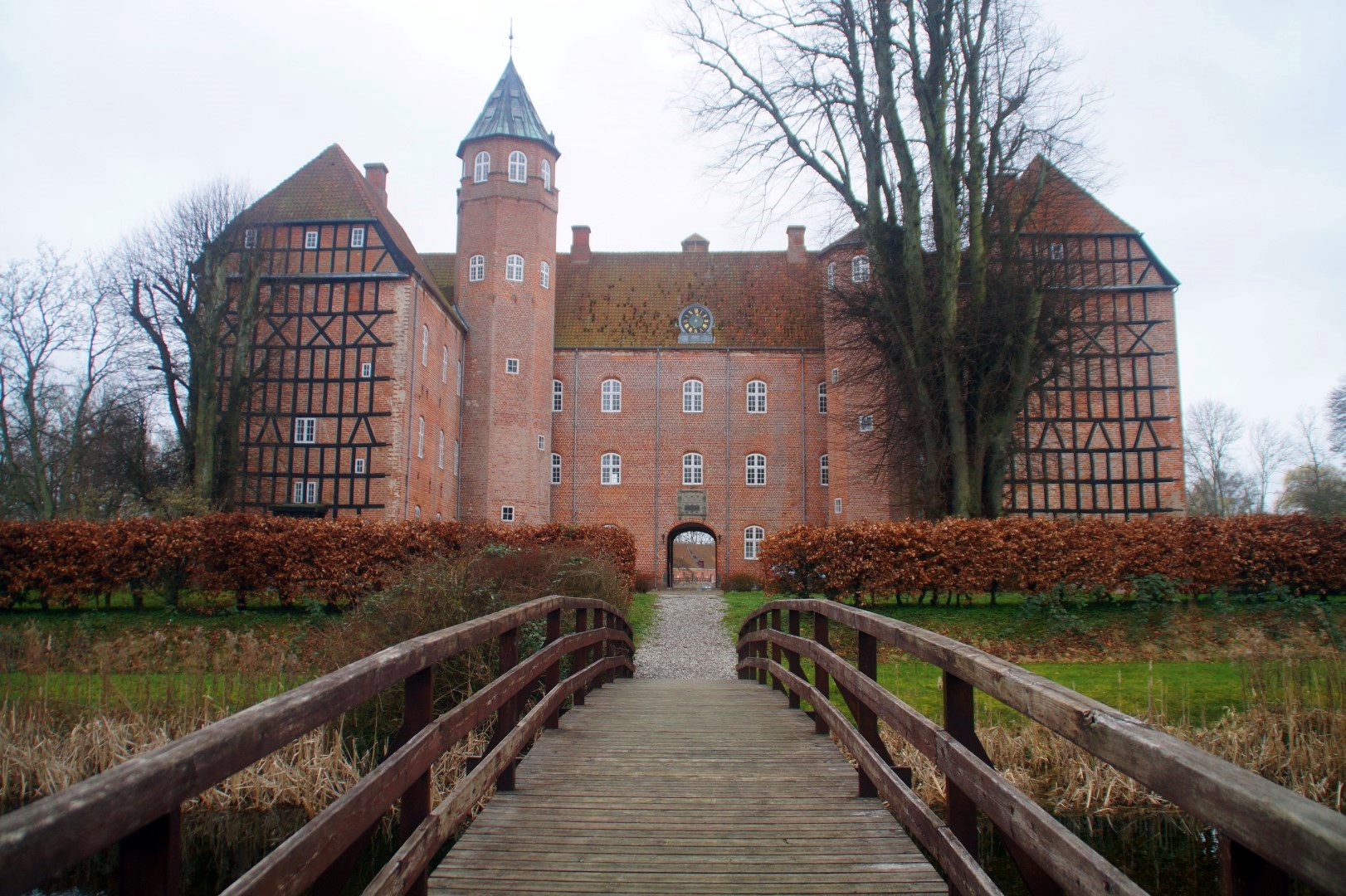
Rimsø
The first stop of the day really had nothing to do with the Stone Age – or any prehistoric period, actually. But it was still well worth seeing. We went to the village of Rimsø to visit Rimsø Præstegård, the oldest rectory in Denmark, built in 1593. The beautiful timber framed building is located right beside Rimsø Church, an ashlar church built in the mid-12th century.
At the foot of a large burial mound on the churchyard stands a runestone from the Viking Age. The burial mound itself has never been investigated archaeologically, but is thought to be from the same period as the runestone. The runestone is the only one in Denmark that is written with the so-called “lønskrift” scripture, where some words must be read in reverse.
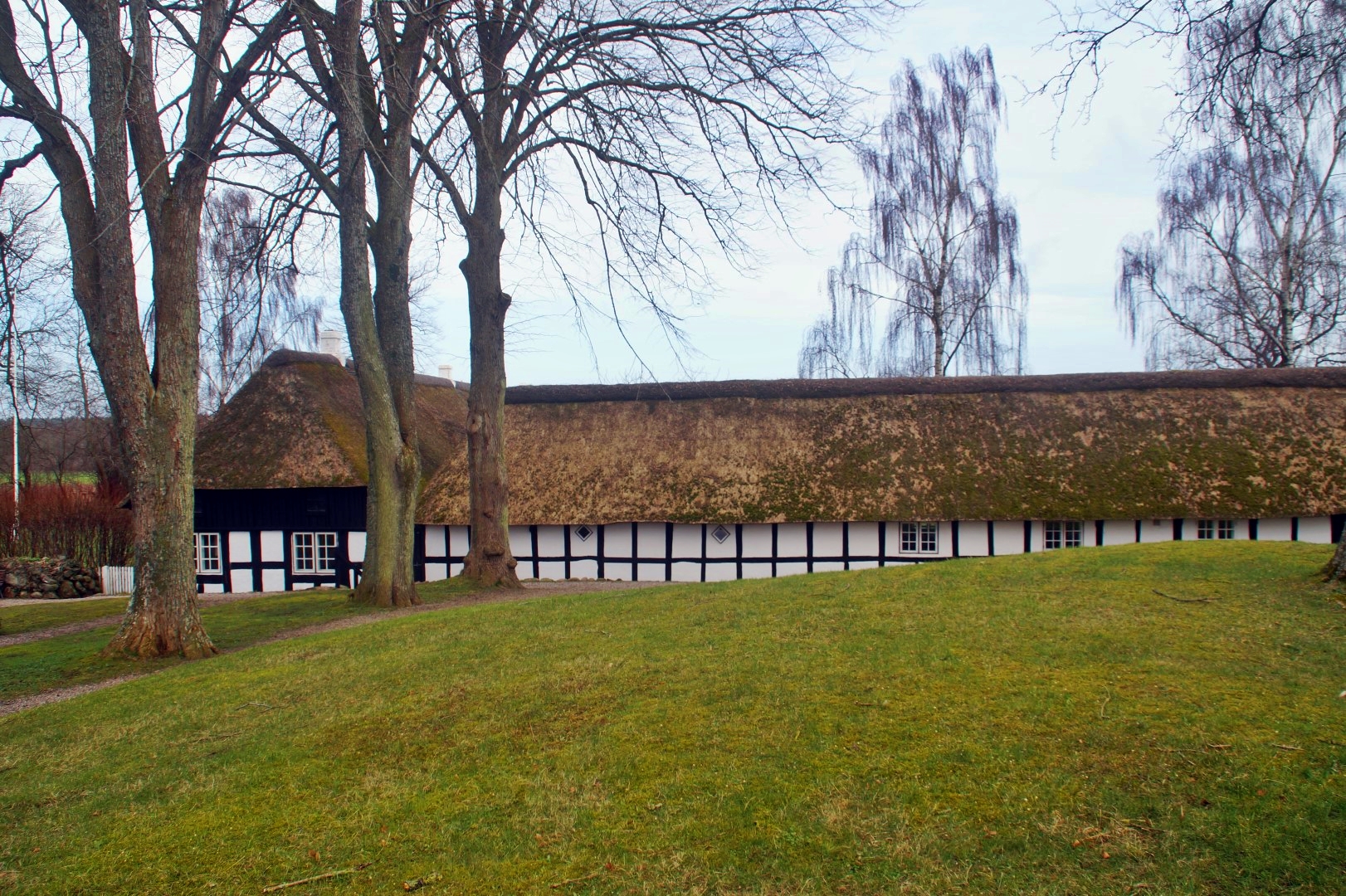

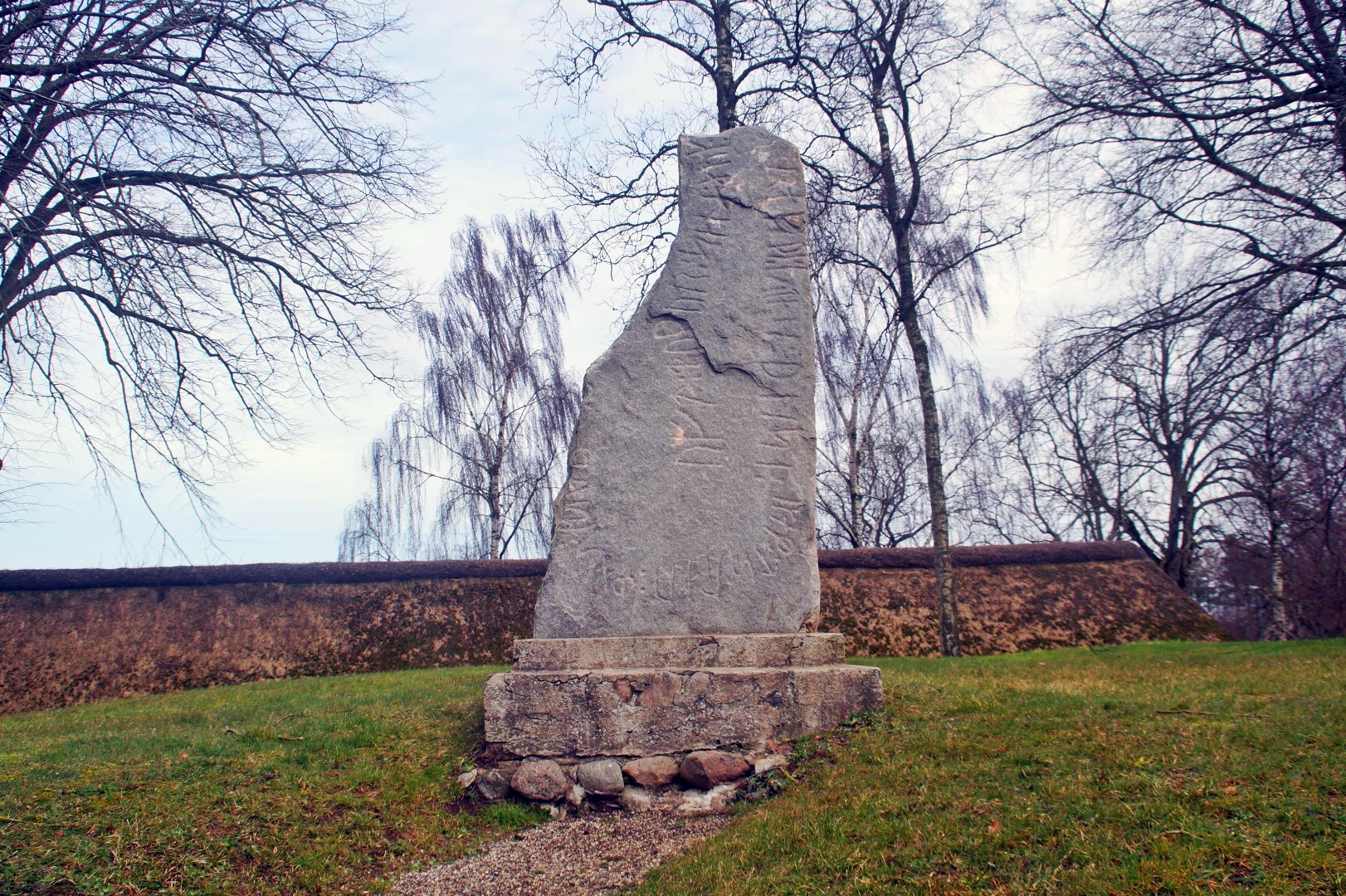

Museum Østjylland, Grenaa
Next up was the regional museum in Grenaa which documents the archaeology and history of the local area from ancient periods to the present day. We went there mainly to see the large exhibition about the burials that were discovered in the kitchen midden of Nederst, dating to the Early Ertebølle period (ca. 5500-4800 BC) as well as the best exhibition I’ve ever seen of the Pitted Ware Culture (ca. 3.000-2.450 BC). Djursland has some of the biggest Pitted Ware sites in the country, but there’s literally nothing to see or find at the sites today, so it was great to see the artifacts from those localities in the museum.
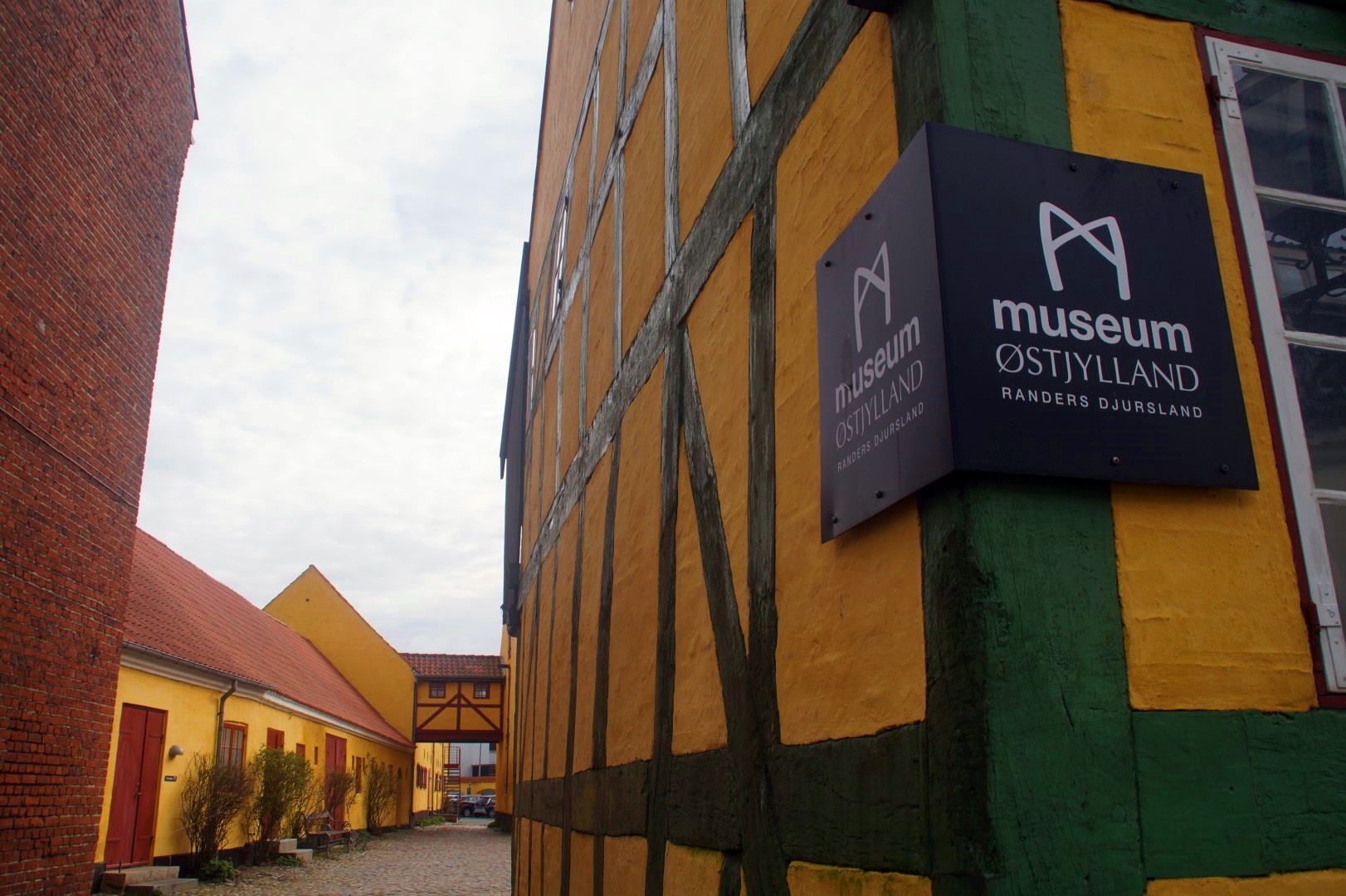
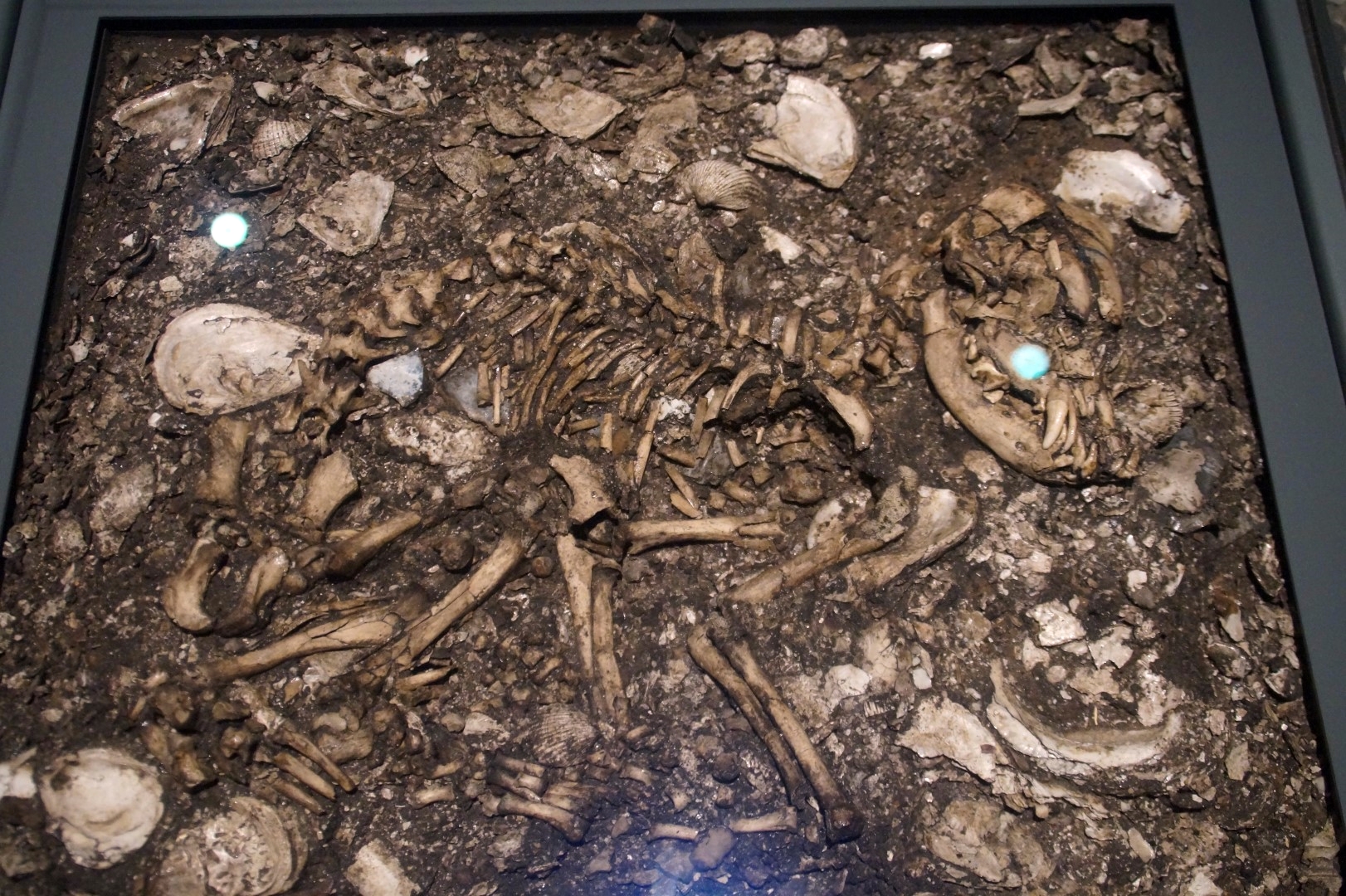
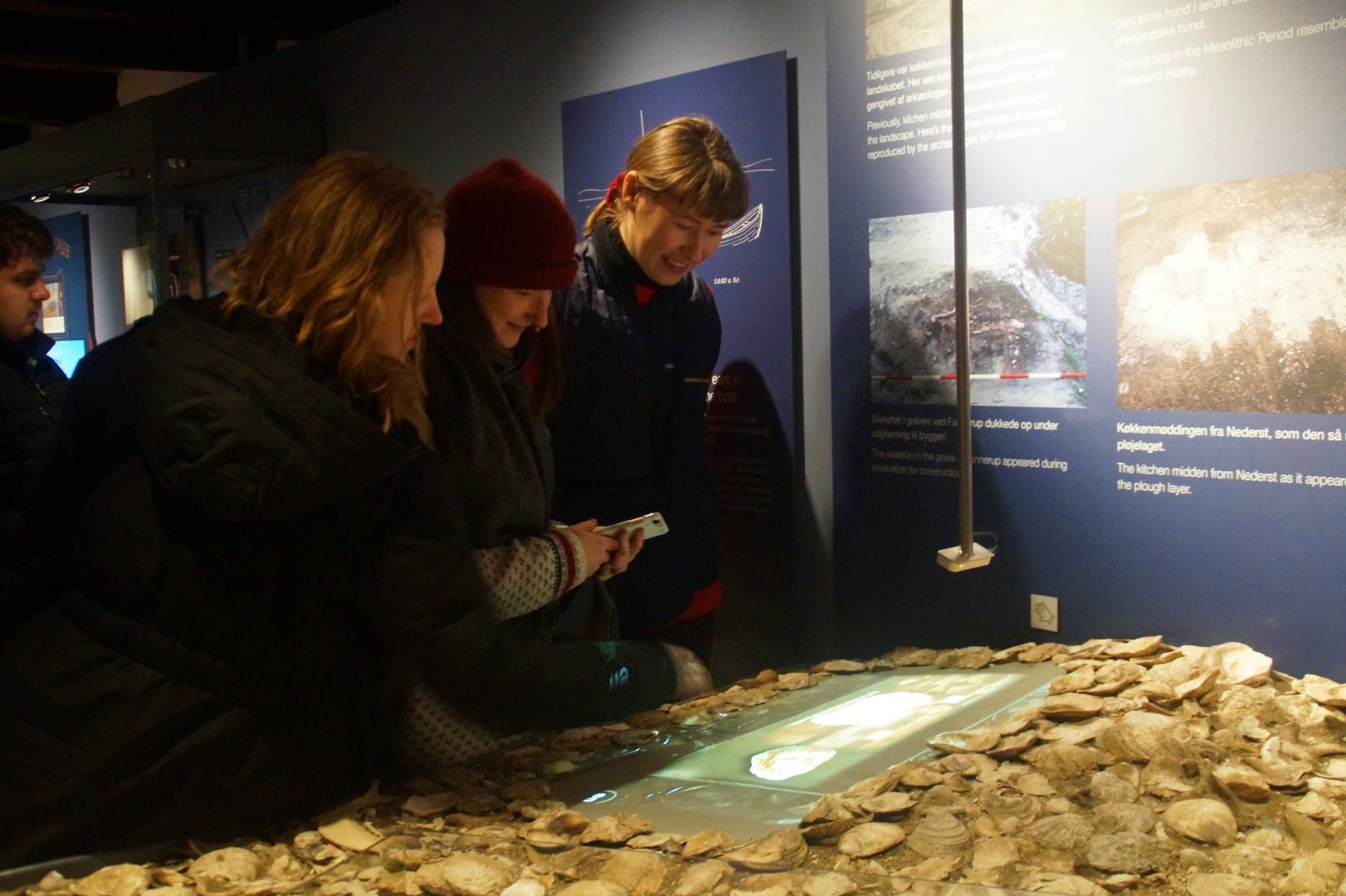


Meilgård kitchen midden
One of the highlights of the trip – for me – was the Meilgård kitchen midden located by the Meilgaard Castle. It’s one of the most famous Ertebølle period (ca. 5500-4000 BC) sites in the country as it’s one of the largest and best investigated midden sites.
Despite the thousands of years that have gone since this site was inhabited, the human traces are still very much visible. Ancient oyster shells lie mixed in with the soil, branches and leaves of the modern forest, and worked flint is spread all over the site. One of the archaeology students, Eline, even found a flake axe, which Søren said she could keep. Lucky her – those are rare to find, especially outside of excavations!
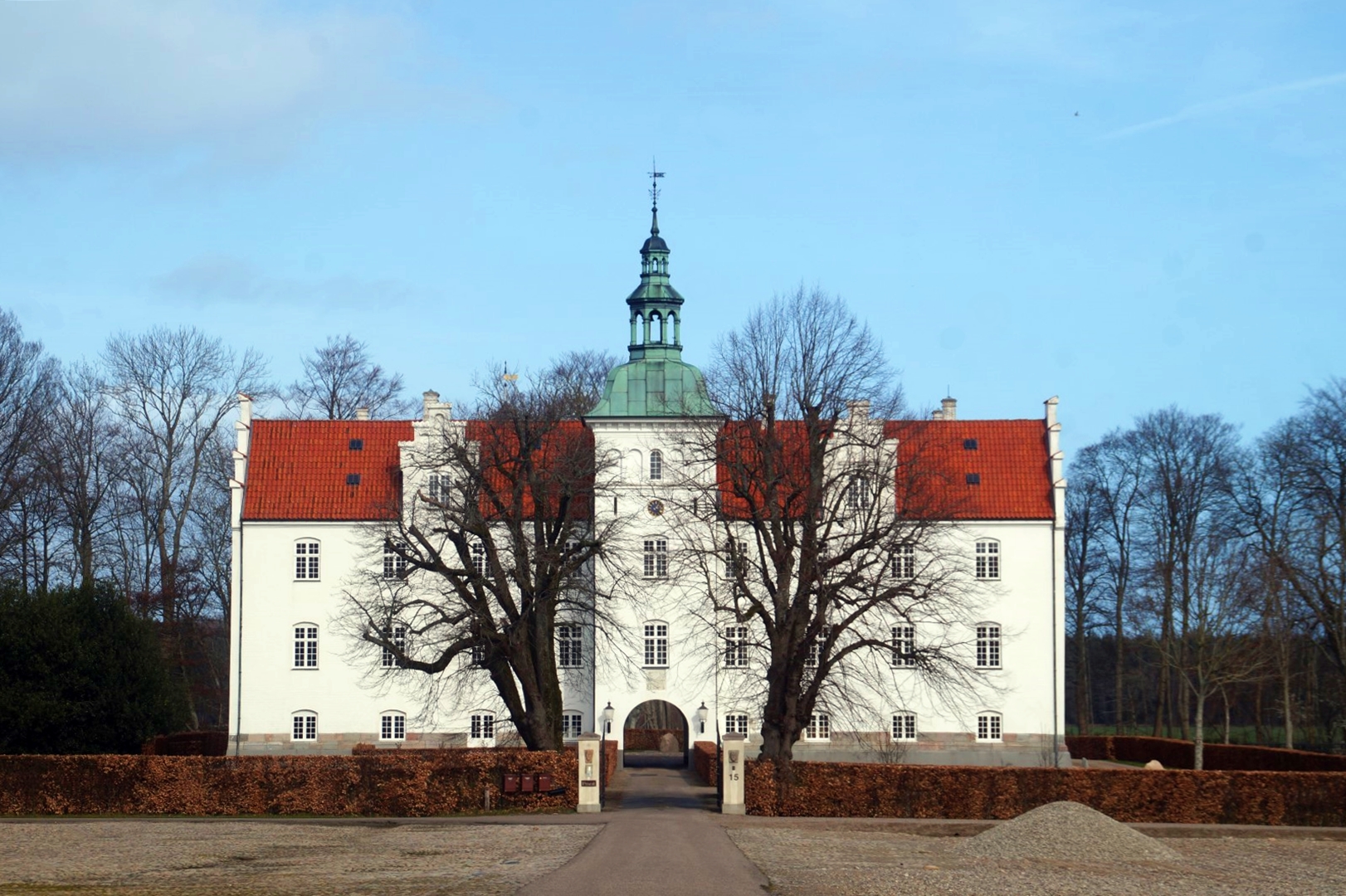
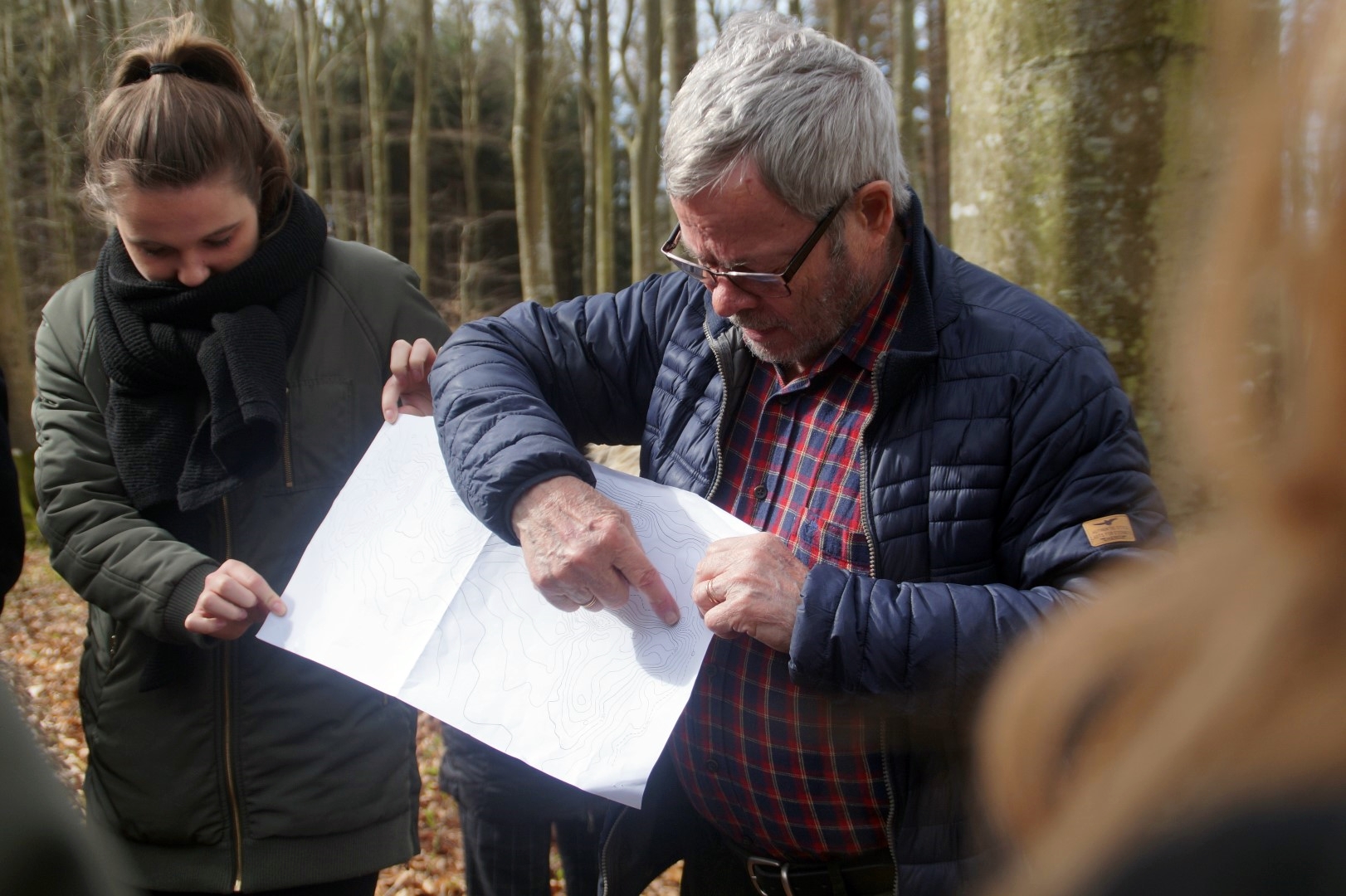

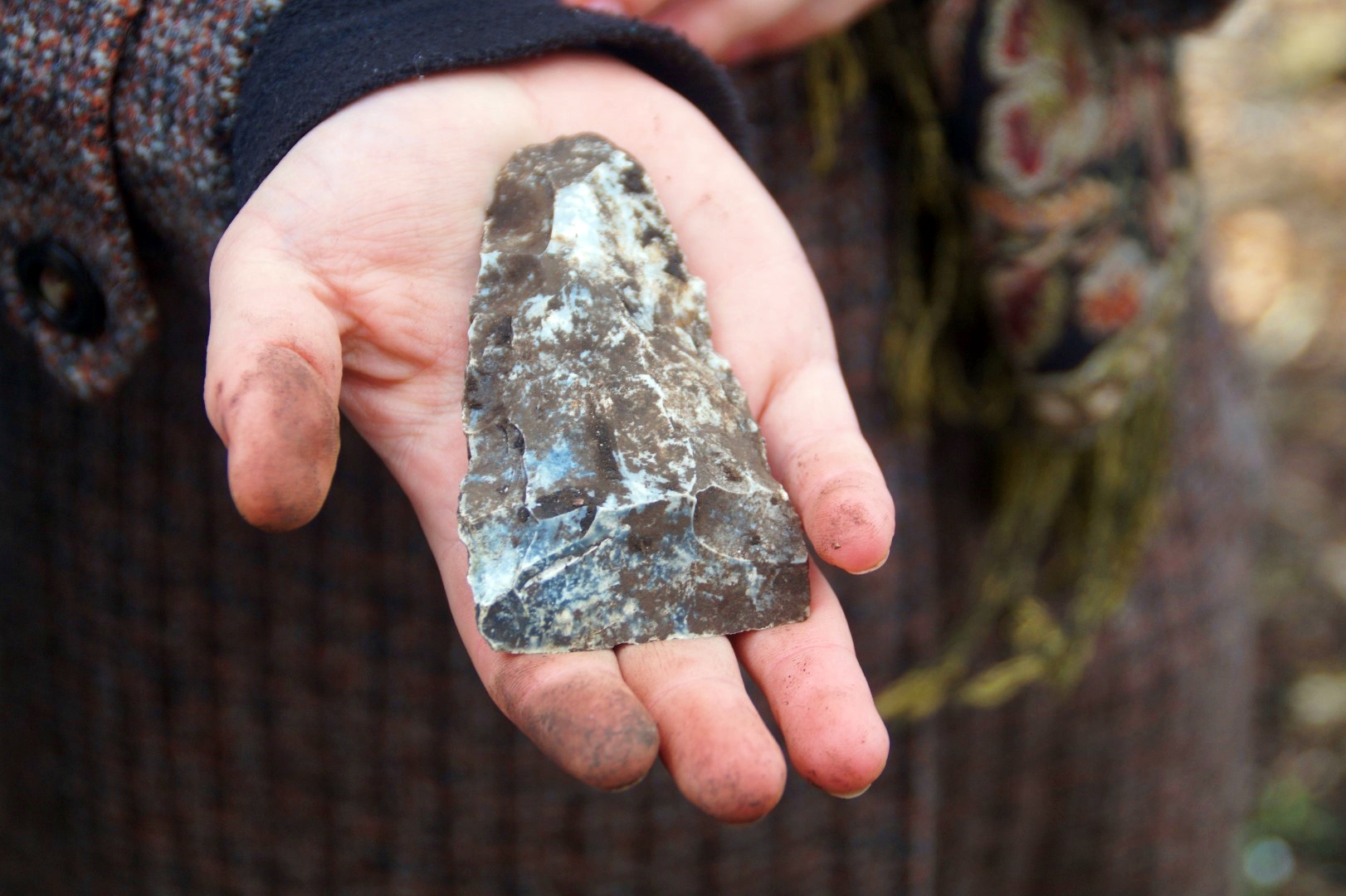

The Tustrup burial site
Next on the itinerary was a large complex of reconstructed dolmens, passage graves and a cult house from the Neolithic Funnel Beaker period (ca. 3200 BC). The area is unique due to the concentration of ancient structures as the vast majority of visible ancient structures in Denmark are spread out. Tustrup has three dolmens, one round dolmen and one of Denmark’s biggest passage graves surrounding the central structure, the cult house, with less than 100 m of spacing between each structure.
The excavations of the cult house in 1954-57 led to the discovery of fragments of 28 ornamented vessels of the type that were used as offerings in front of and inside the dolmens and passage grave. Therefore, the cult house is thought to have been some kind of temple and the centre of activities at the burial site. The cult house was the first of its kind to be discovered in Denmark, but similar structures have since been discovered elsewhere in the country, although they’re still a rare find.
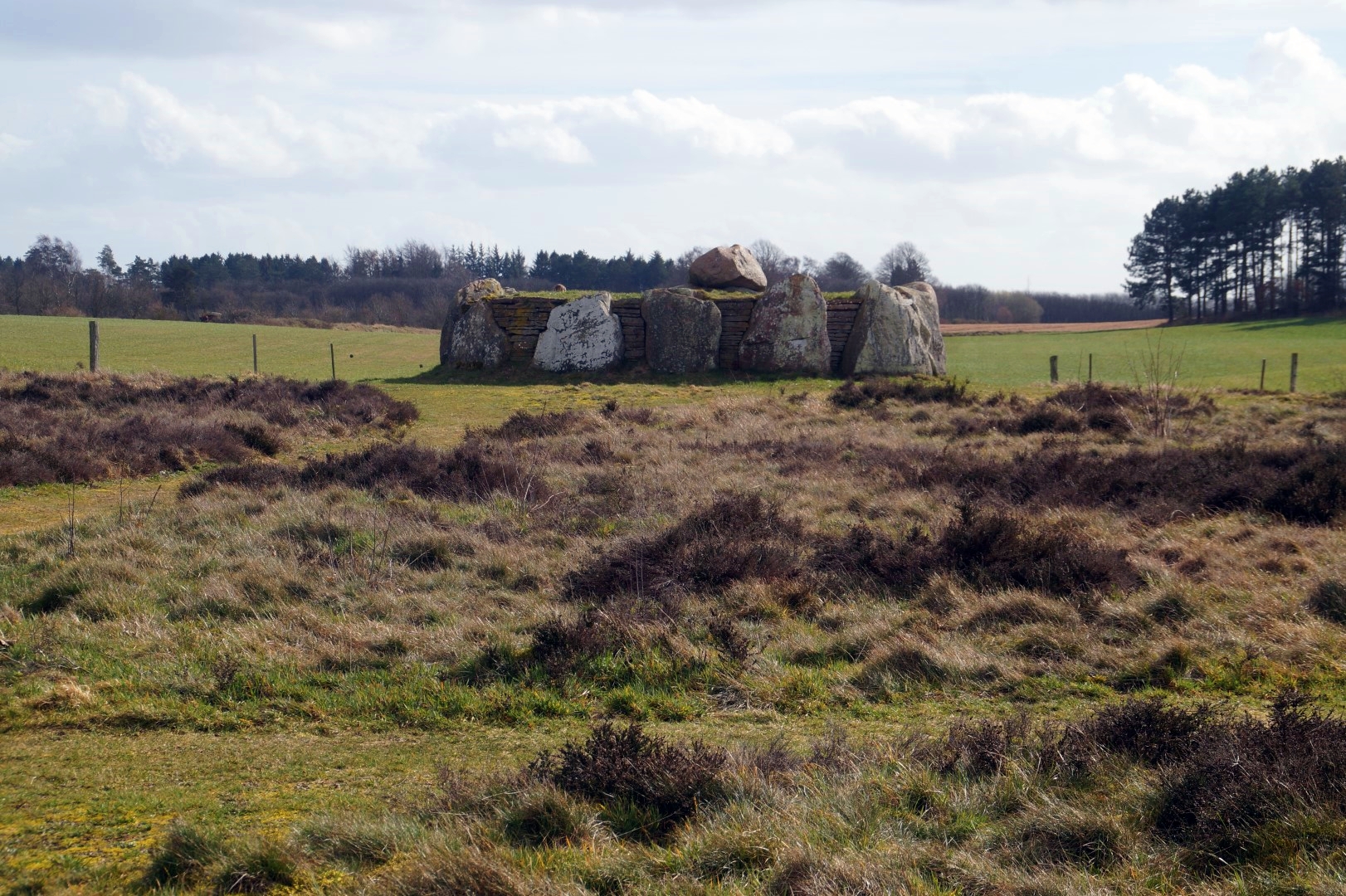

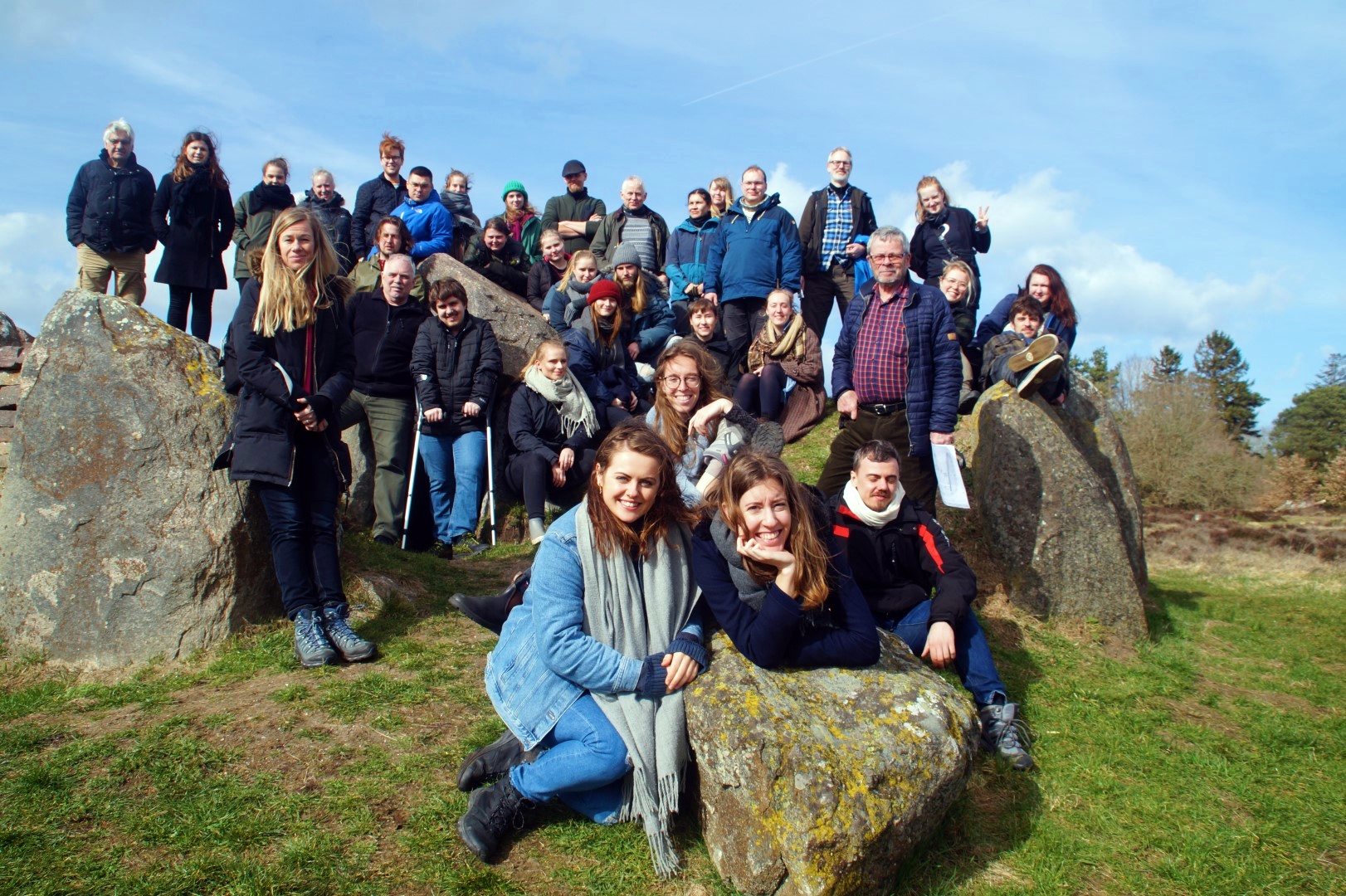
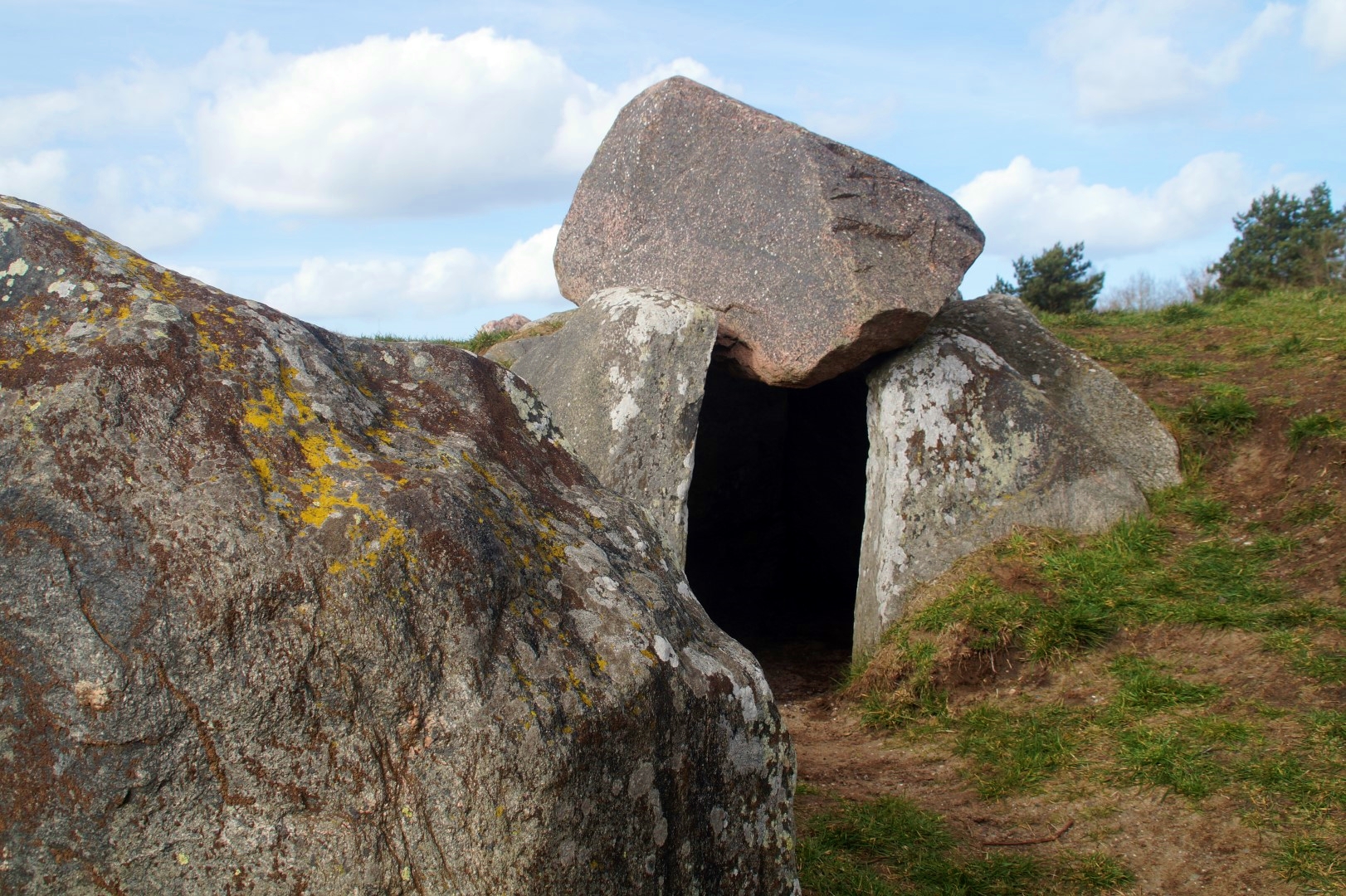
Museum Østjylland, Randers
The trip ended at a third museum, located in Randers, where we said goodbye to our wonderful guide, and then spent a few hours exploring the exhibitions before going back home.
I was blown away by their new “Life at the Fjord” exhibition, which gives a spectacular insight into the prehistoric societies in the area around Randers Fjord, including a showcase of artifacts from the Meilgård kitchen midden and many other exciting localities from the last ice age to the Viking Age.
The layout of the exhibition is similar to the new exhibitions at Moesgaard which I love so dearly, so Museum Østjylland in Randers quickly became my second-favourite museum so far! It was the perfect place to end our incredible journey around Djursland!

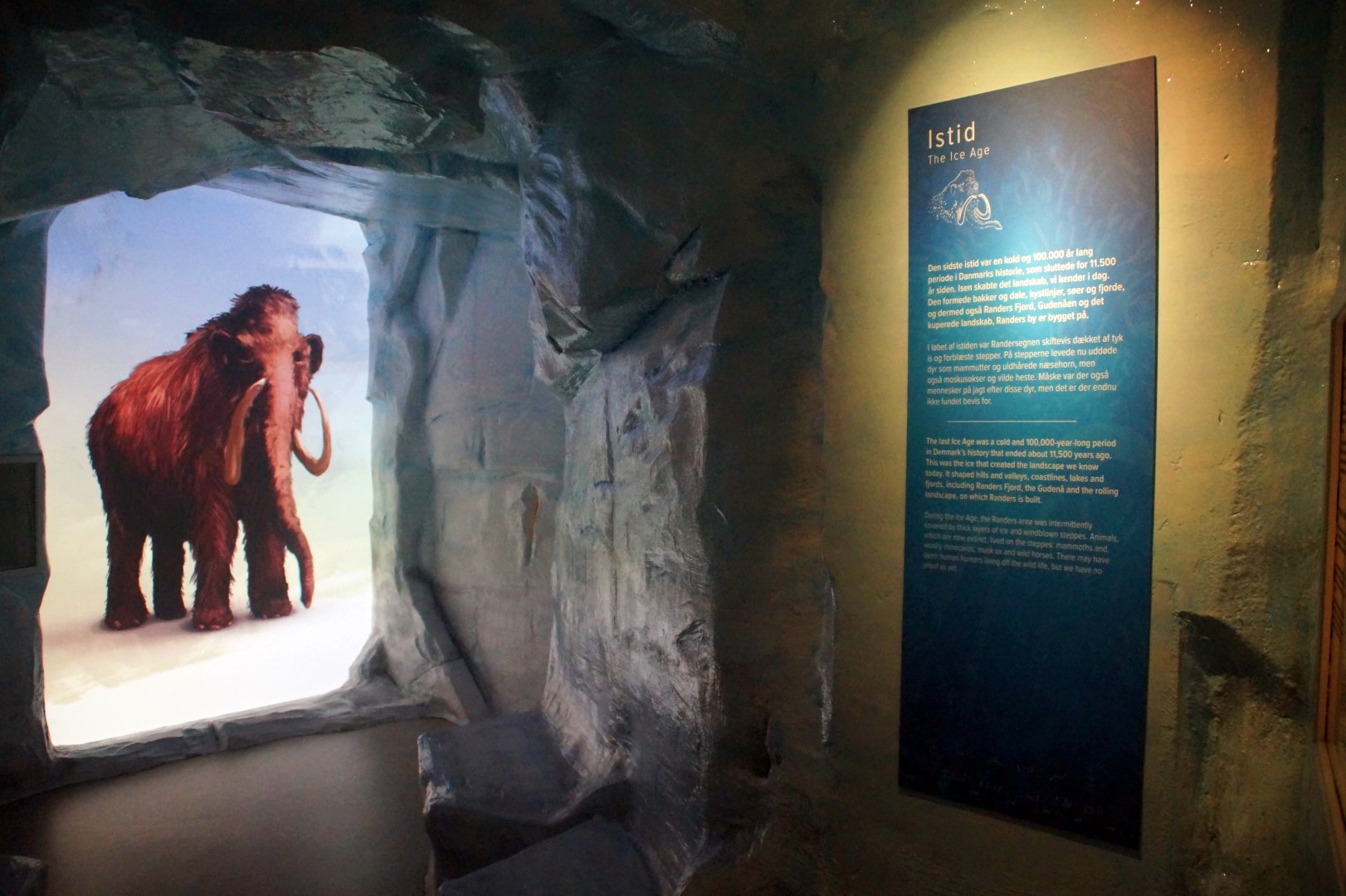
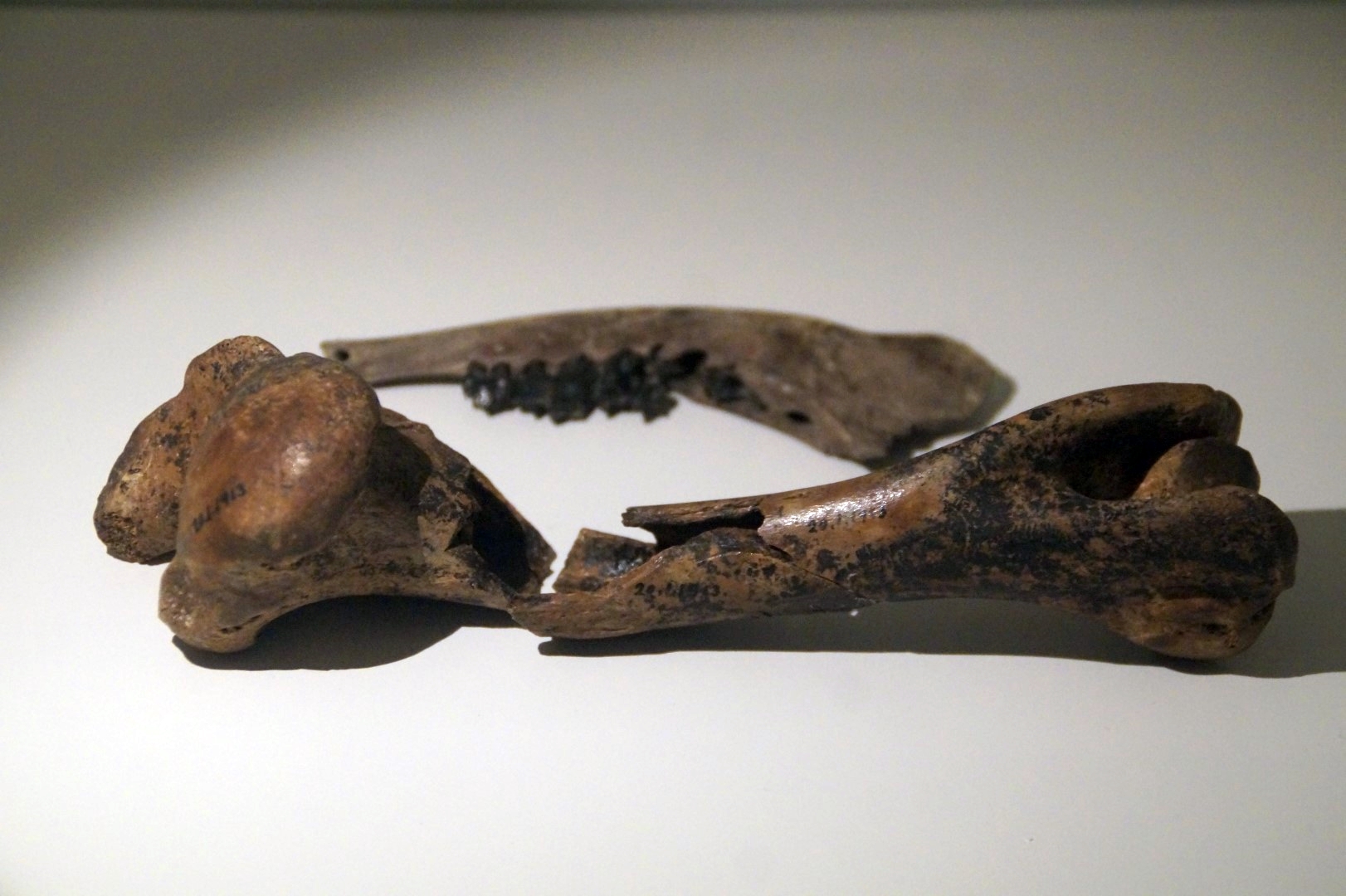
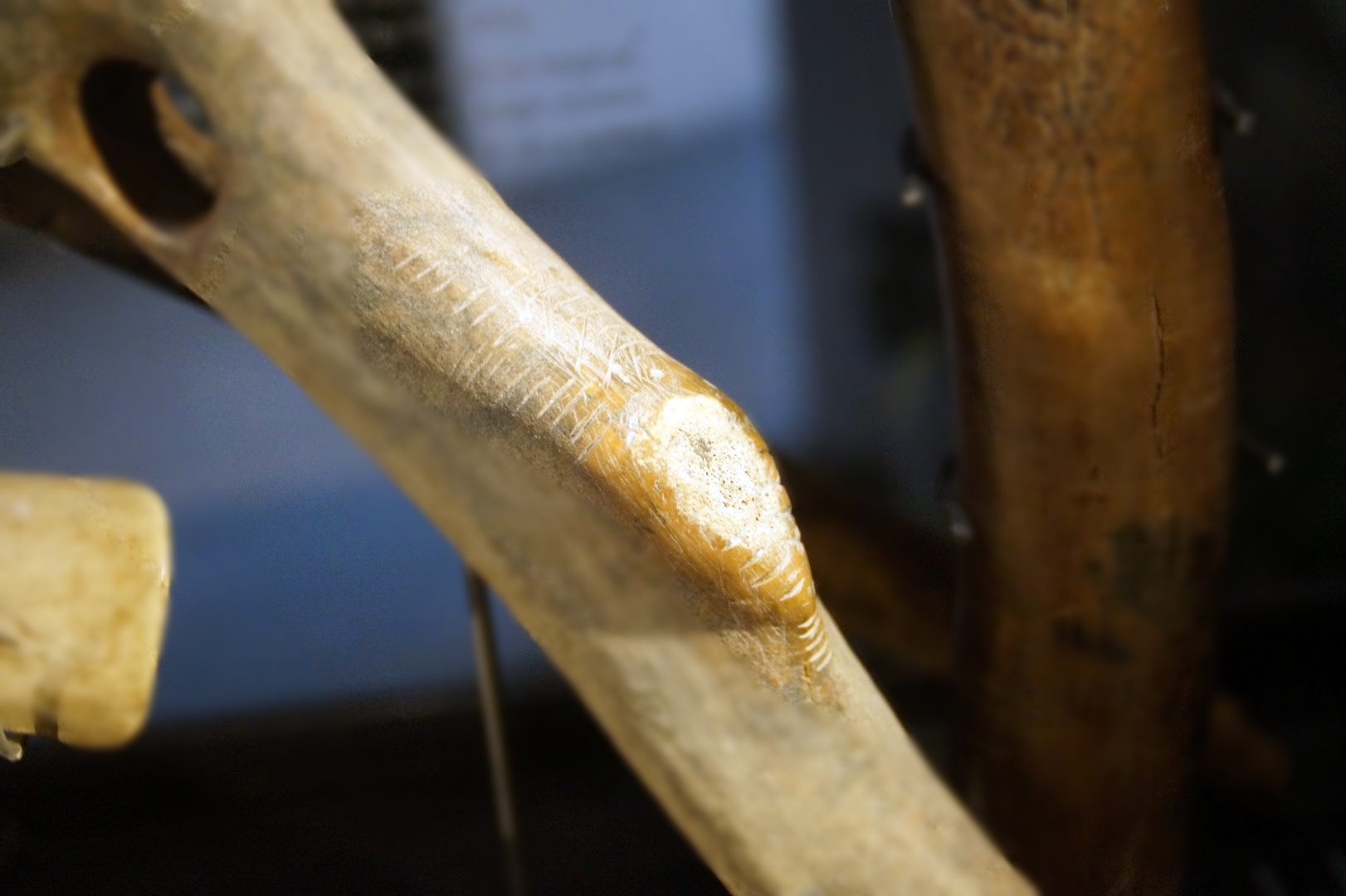
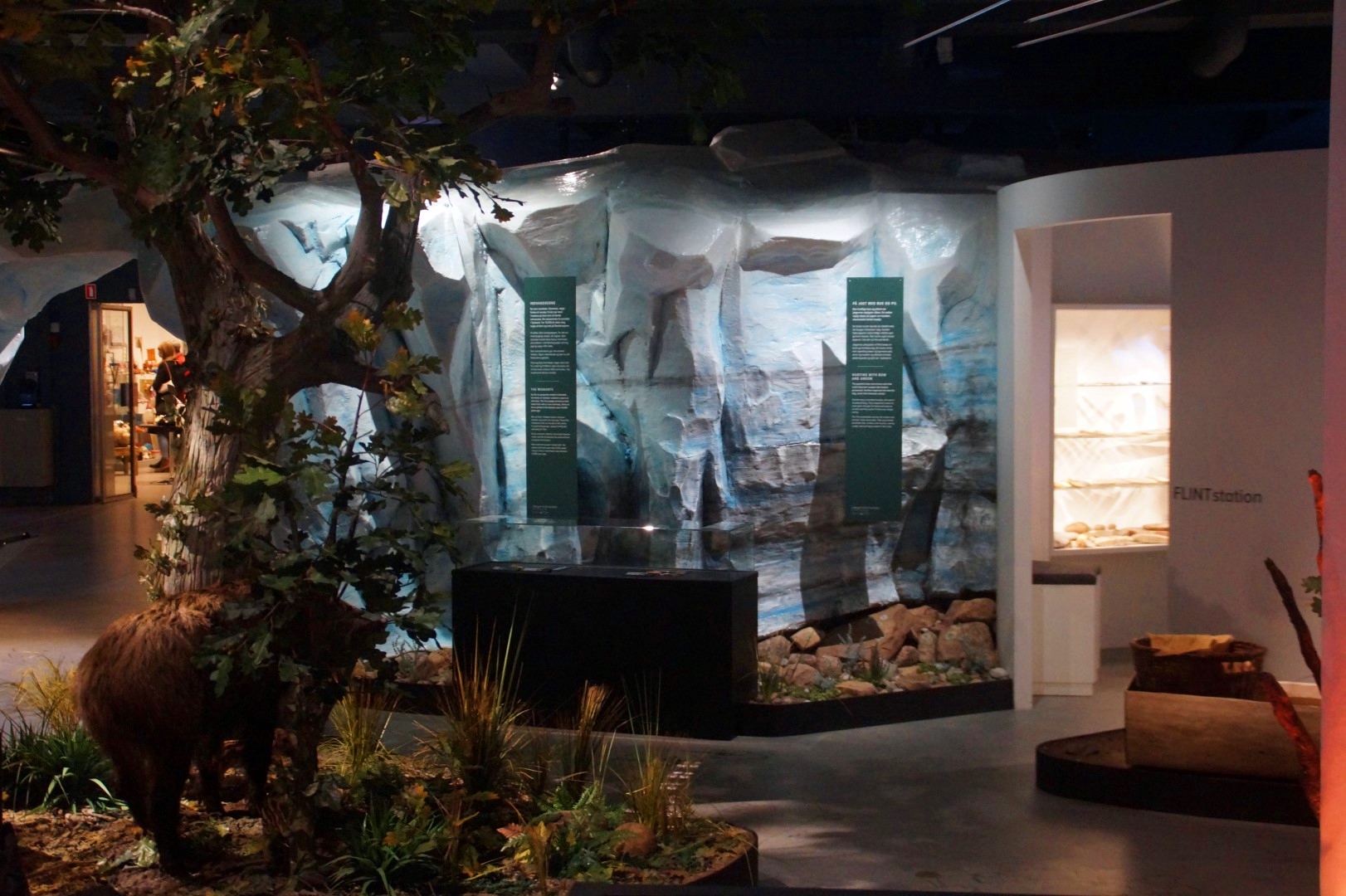
This excursion to Djursland was a wonderful introduction to the archaeology and history that the peninsula is so rich of. I know 100 % that I’m not done with the area. There is so much more to see, both regarding archaeology, cultural experiences and nature. In particular, I would like to explore Mols Bjerge National Park further and head back to Ebeltoft, a picturesque Medieval market town that we unfortunately didn’t get to this time around, but which I’ve been to before with my family. Djursland, see you soon!
Leave a Comment
Pingback: My January 2020: Moving temporarily to the Isle of Skye – Northtrotter on 17/01/2020
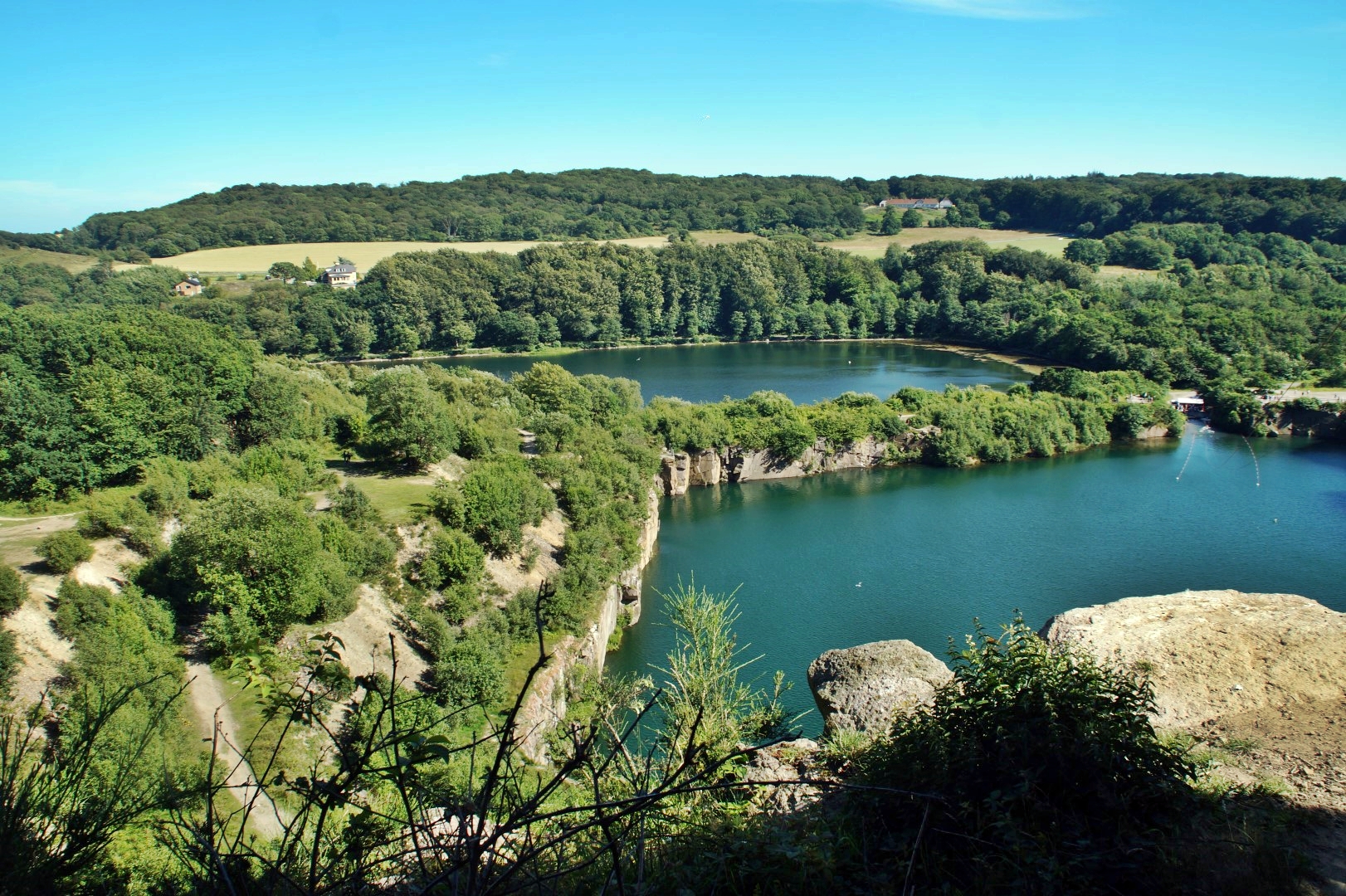

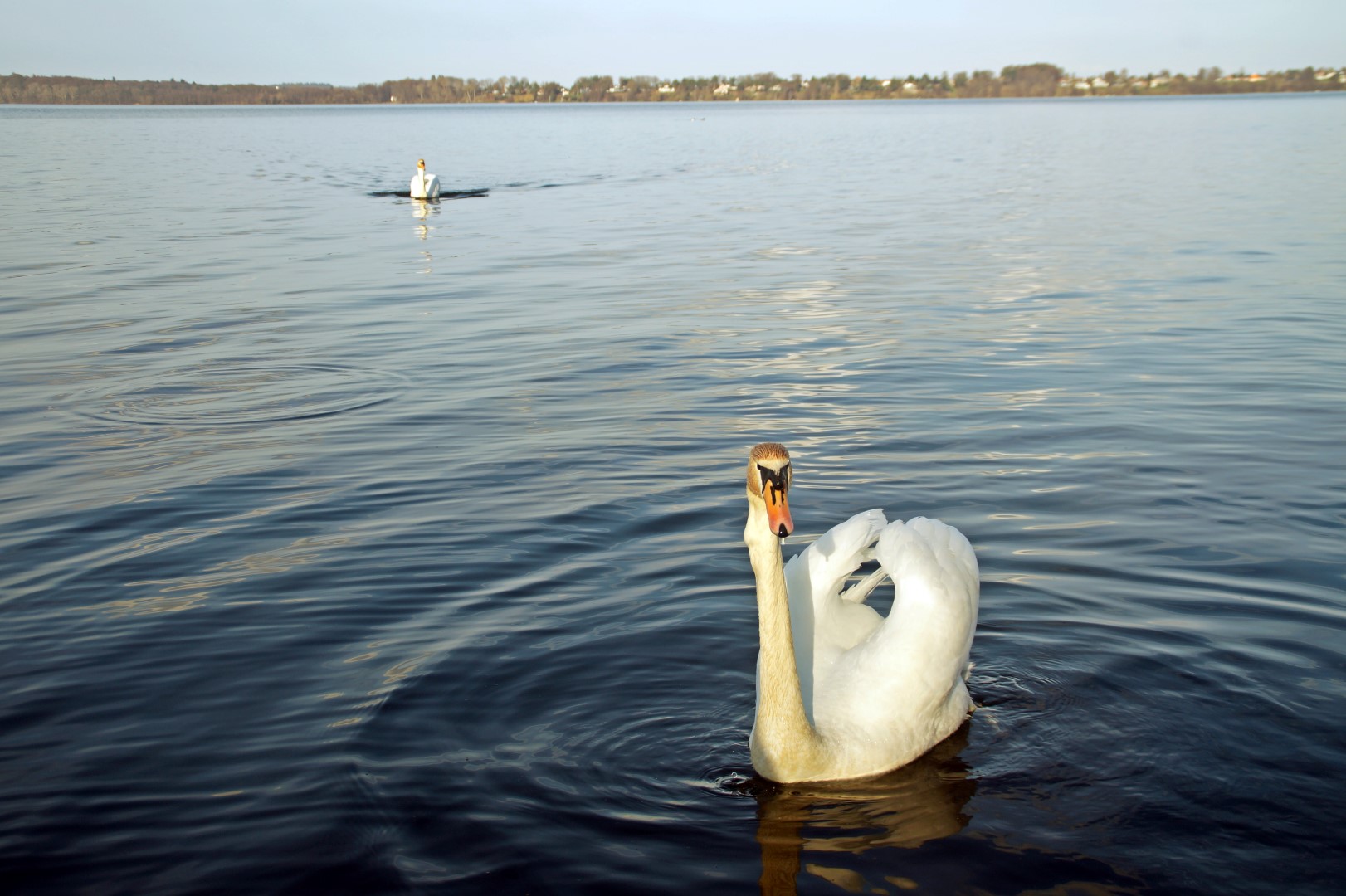
3 COMMENTS
Peter
5 years agoDear Melissa
Thanks for this trip down memory lane jogging many good memories.
And for taking the lead in arranging this wonderfull trip.
Best
Peter (the ex- lecturer)
Melissa Cherry
5 years agoThank you too, Peter! It was a wonderful trip indeed and I’m glad you enjoyed the blog post! 😀